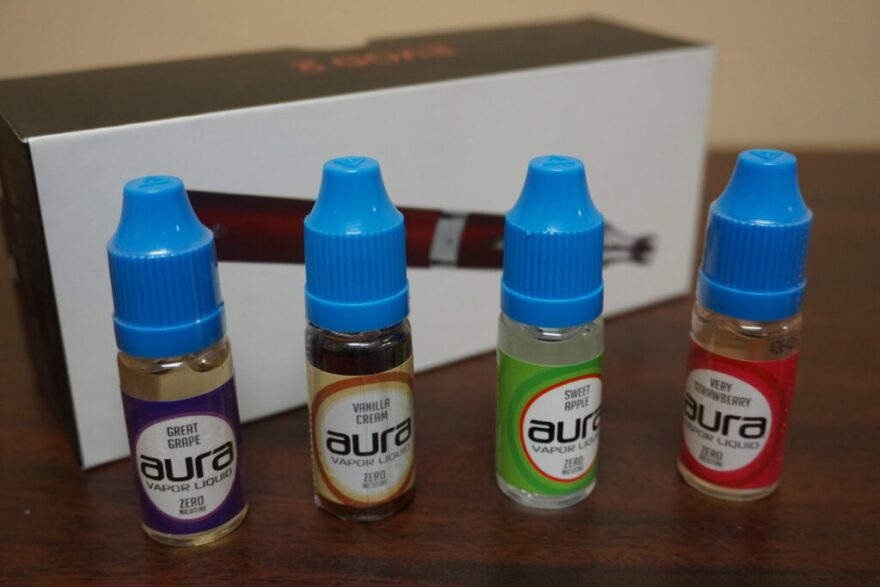Alaska got middling grades for its efforts to curb tobacco use in a new national report released by the American Lung Association.
The Alaska evaluation is part of the 2024 State of Tobacco Control report, an annual report assessing progress by the federal government and by all 50 states and the District of Columbia.
Alaska’s top grades were Bs for funding of the state’s tobacco prevention programs and the strength of smoke-free workplace laws. For coverage and access to tobacco-quitting services, the state got a C. The worst grades were the D for the level of tobacco taxes and an F for failure to end sales of flavored tobacco products.
“Tobacco use is the leading cause of death in Alaska and across the country and takes the lives of over 600 state residents each year. The tobacco industry will do anything to protect their profits at the expense of Alaska lives, so we must push forward in our efforts to prevent and reduce tobacco use,” Carrie Nyssen, senior director of advocacy for the American Lung Association in Alaska, said in a statement that accompanied the report.
The lack of any state tax on electronic cigarette products is a key factor driving the tobacco-tax grade down to a D.
A top priority for the American Lung Association this year, the report said, will be passage of Senate Bill 89, which would impose the state’s first tax on such products. The bill passed the Senate last May and is currently being considered by the House Labor and Commerce Committee.
“One of the most effective ways to reduce tobacco use, not only among low-income individuals but also for youth, is to significantly increase the tax on all tobacco products, including e-cigarettes. Multiple studies have shown that every 10% increase in the price of cigarettes reduces consumption by about 4% among adults and about 7% among youth,” Nyssen said in the statement.
A similar measure passed the Legislature in 2022, but Gov. Mike Dunleavy vetoed it, citing his opposition to any new taxes.
The other top Alaska priority listed in the report is an increase in funding for tobacco prevention and control programs. The state allocation of $6.5 million for those programs in the current fiscal year, approved in a budget passed by the Legislature last year, is similar to that for the previous fiscal year, the annual report said. However, it represents a significant decrease from the more than $9.1 million appropriated by the state for fiscal 2022. The American Lung Association is seeking a return to that higher level of funding, the annual report said.
Like Alaska, almost all states got Fs for their lack of restrictions on sales of flavored products.
There have been calls in recent years for bans to end sales of such products. The U.S. Food and Drug Administration in 2022 proposed rules banning menthol cigarettes and flavored cigars. However, the White House in December announced a delay in implementation.
That delay was disappointing, the American Lung Association said in its annual report. “Failing to end the sale of menthol cigarettes and flavored cigars will result in more death and disease caused by smoking, especially among historically marginalized communities,” the report said.
Federal law prohibits the marketing of cigarettes with flavoring other than tobacco or menthol flavors, according to the CDC. But at the state level, there are other efforts aimed at stopping sales of flavored products.
Massachusetts and California have already enacted laws banning menthol-flavored tobacco products, according to the U.S. Centers for Disease Control and Prevention. Some states have pending legislation that would ban flavored tobacco or nicotine products, according to the Association of State and Territorial Health Officials, but Alaska is not among them.
Some supporters of Senate Bill 89 argue that e-cigarette products’ flavors attract youth users. In a letter sent last year to Sen. Gary Stevens, the bill’s prime sponsor, the Advisory Board on Alcoholism and Drug Abuse and the Alaska Mental Health Board said those flavors make vaping products “taste and smell kid-friendly.” The letter cited the “blue razz lemonade, cotton candy and mamba” flavors in products that are among one e-cigarette company’s top sellers.

